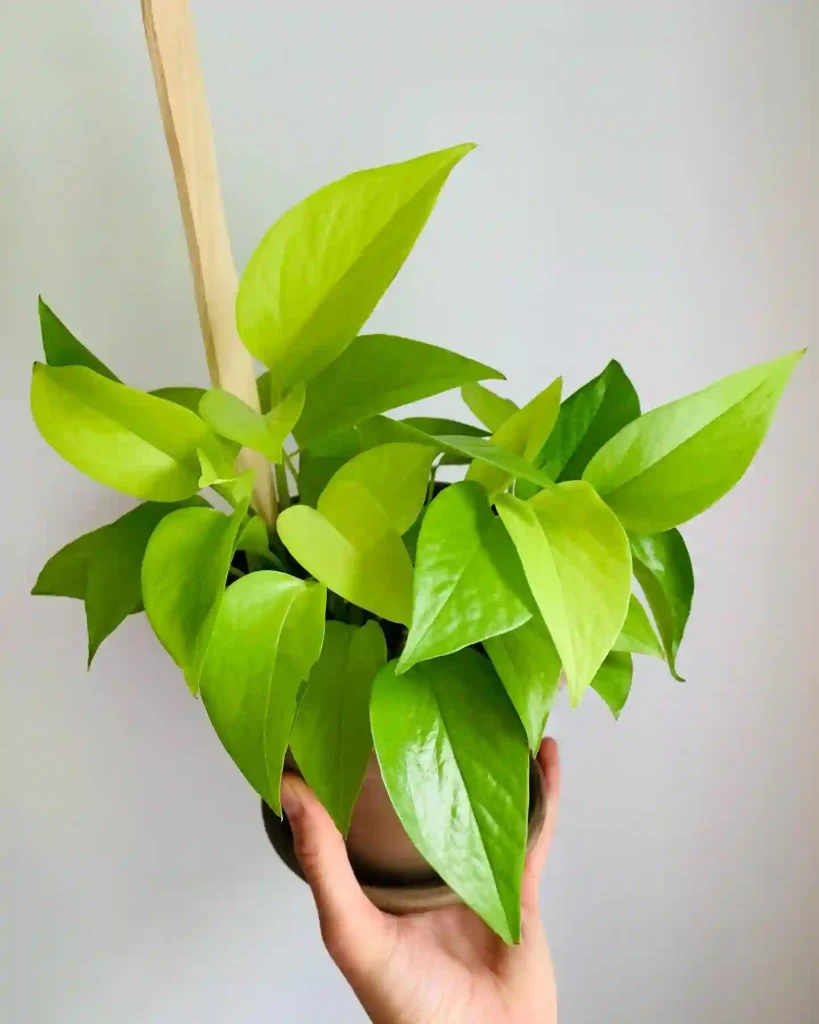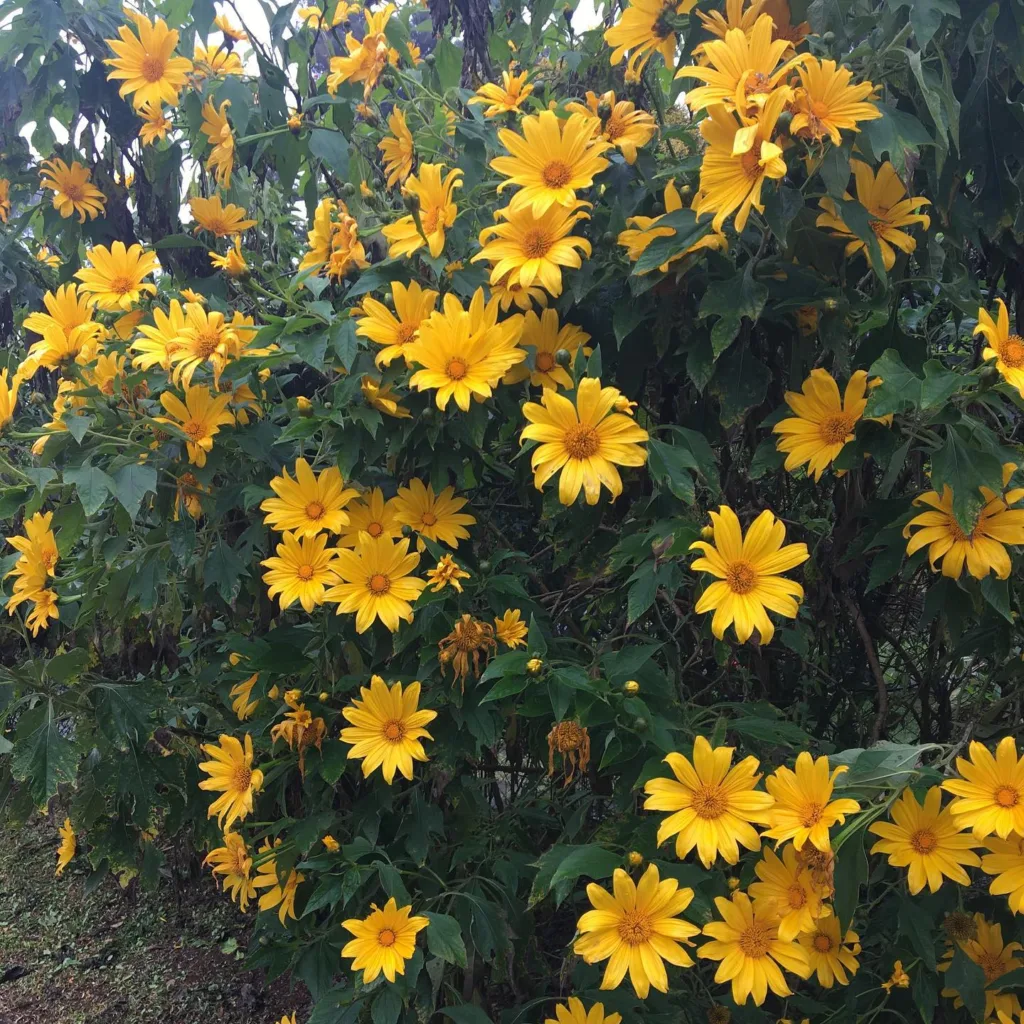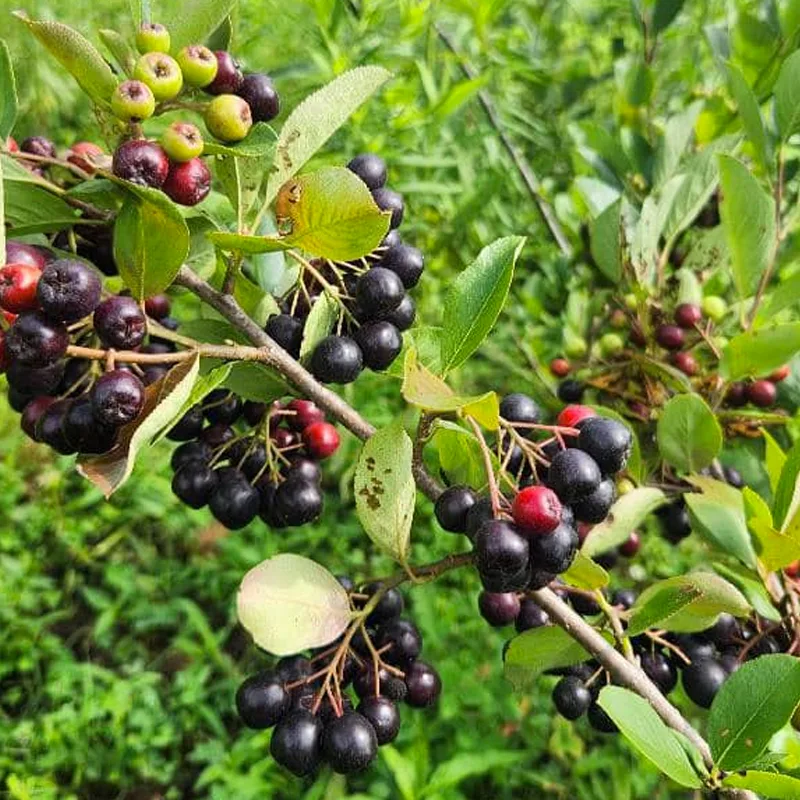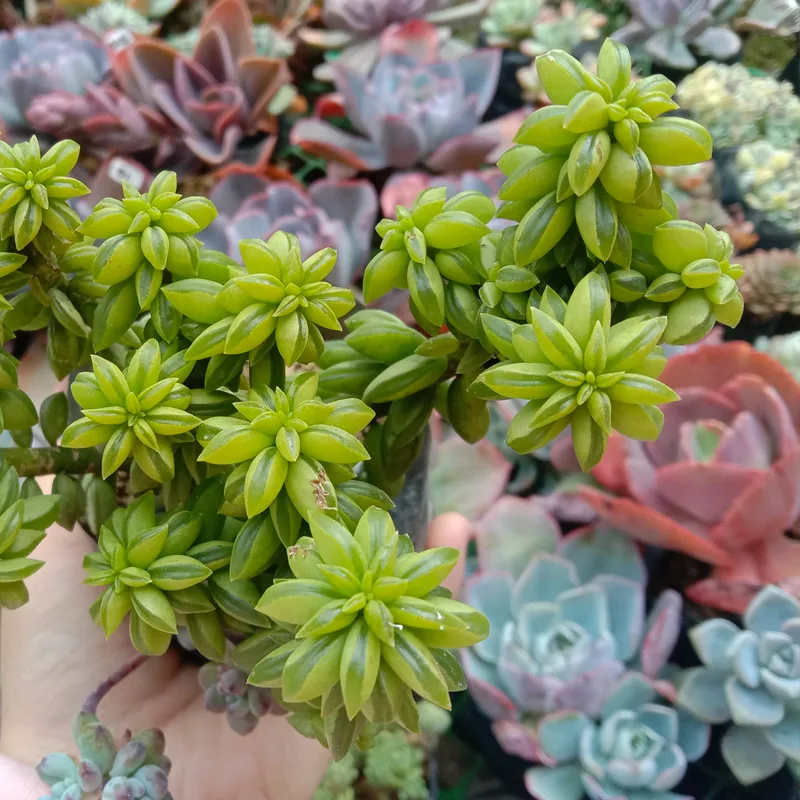
Lonicera Caprifolium: The Intoxicating Italian Honeysuckle – FAQs by Ferb Vu
Hi there, Ferb Vu here! Lonicera Caprifolium, also known as Italian Honeysuckle, has been a resident of my garden for a few years now. This fragrant climber has become a favorite, not just for its intoxicating aroma but for its ease of care. Today, I’m answering some of the most common questions I get about this lovely vine.
162 Species in Genus Lonicera
How much sun does Lonicera Caprifolium need?
Italian Honeysuckle thrives in either full sun or partial shade. In very hot climates, some afternoon shade can be beneficial to prevent the leaves from scorching.
What kind of soil is best for Lonicera Caprifolium?
This climber prefers fertile, well-drained soil rich in organic matter. Amending your planting hole with compost or aged manure before planting will give your Lonicera Caprifolium a good start.
How often should I water Lonicera Caprifolium?
Water your Lonicera Caprifolium regularly, especially during the first year after planting. Once established, it’s fairly drought tolerant, but consistent moisture will promote better growth and flowering.
Does Lonicera Caprifolium need fertilizer?
A light application of a balanced fertilizer in early spring can be beneficial. However, avoid over-fertilizing as this can encourage excessive foliage growth at the expense of flowers.
How do I prune Lonicera Caprifolium?
Light pruning can be done throughout the growing season to maintain the desired shape and encourage bushier growth. A more significant pruning can be done in late winter or early spring to remove dead or overgrown branches.
Is Lonicera Caprifolium fast-growing?
Yes, Lonicera Caprifolium is a vigorous climber and can grow up to 10 feet per year.
Is Lonicera Caprifolium deer resistant?
While not completely deer-proof, Lonicera Caprifolium is generally not a favorite food source for deer.
When does Lonicera Caprifolium bloom?
The fragrant flowers of Lonicera Caprifolium typically bloom from late spring to early summer. In warmer climates, they may even continue to bloom sporadically throughout the summer.
What color are the flowers of Lonicera Caprifolium?
The flowers of Lonicera Caprifolium are most commonly a creamy white, but some cultivars may have a hint of yellow or pink.
Do the flowers of Lonicera Caprifolium smell good?
Absolutely! The flowers of Lonicera Caprifolium are known for their intoxicating, sweet fragrance, especially in the evening.
Are the flowers of Lonicera Caprifolium attractive to pollinators?
Yes, the flowers of Lonicera Caprifolium are a magnet for hummingbirds, butterflies, and bees.
Lonicera Caprifolium vs. Other Honeysuckles
Both Lonicera Caprifolium and Lonicera Japonica are popular honeysuckles, but they do have some key differences. Lonicera Caprifolium is generally considered to be a more vigorous climber and has more fragrant flowers. Lonicera Japonica, on the other hand, is more tolerant of shade and may be a better choice for cooler climates.
Is Lonicera Caprifolium invasive?
Lonicera Caprifolium can be invasive in some regions, especially in areas with mild winters. It’s important to check with your local authorities before planting to see if there are any restrictions in your area.
Is Lonicera Caprifolium toxic?
Yes, all parts of Lonicera Caprifolium are toxic if ingested. This is important to keep in mind if you have small children or pets.
Can Lonicera Caprifolium be grown in a container?
Yes, Lonicera Caprifolium can be grown in a container, but it will need to be a large pot to accommodate its vigorous growth. Be sure to choose a pot with good drainage holes.
How can I train Lonicera Caprifolium to climb?
Lonicera Caprifolium has twining stems that will naturally wrap around any support structure you provide. You can train it to climb a trellis, fence, arbor, or even an old mailbox.
Is Lonicera Caprifolium a good choice for a hedge?
While Lonicera Caprifolium can be used as a hedge, its vigorous growth habit may require frequent pruning to maintain a neat appearance.
Does Lonicera Caprifolium have any medicinal uses?
In some traditional herbal remedies, Lonicera Caprifolium has been used for a variety of purposes but it’s important to note that there is no scientific evidence to support these claims and ingesting any part of the plant can be dangerous.
I hope this FAQ has been helpful! Lonicera Caprifolium is a beautiful and fragrant vine that can be a wonderful addition to your garden. With a little care, it will reward you with years of enjoyment. However, remember to be mindful of its potential for invasiveness and toxicity, especially if you have young children or pets.
If i die, water my plants!



